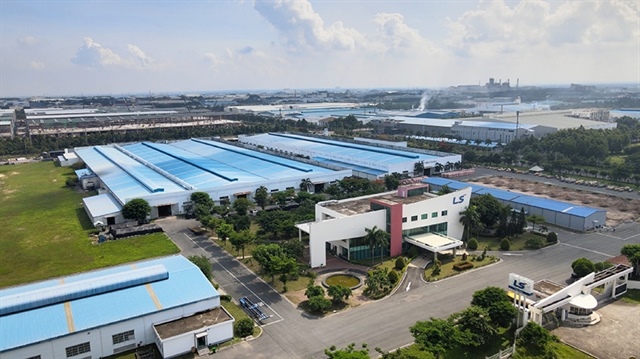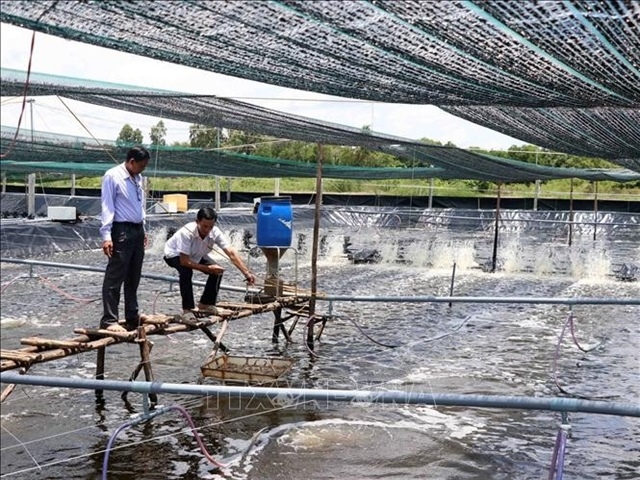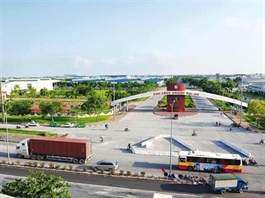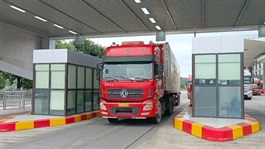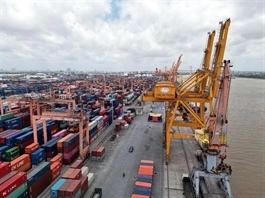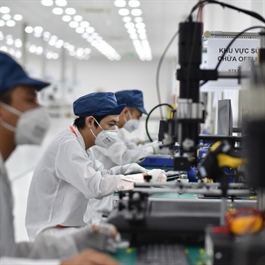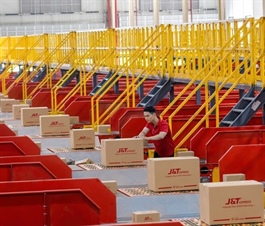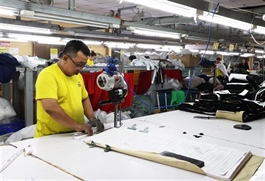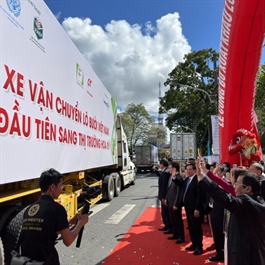Semi-conductor training: never be afraid of excess
Semi-conductor training: never be afraid of excess
The semi-conductor industry is not merely an industry – it is a 'super industry' with enormous potential, according to experts.
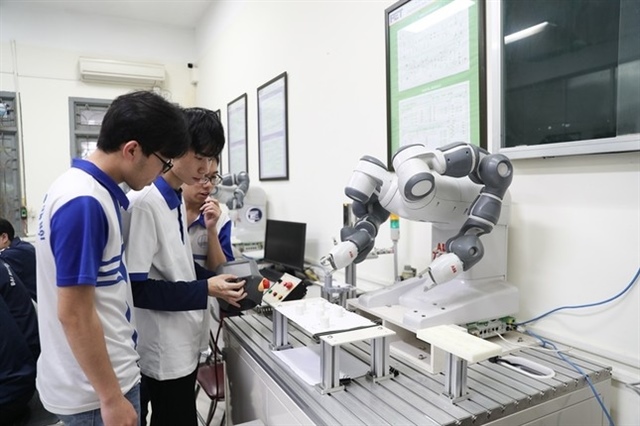
Students of the Technology University working in a high tech laboratory. Photo tienphong.vn |
The Ministry of Education and Training (MOET) is seeking feedback from higher education institutions on how to develop standards for undergraduate training programmes in the semi-conductor technology.
According to Professor Dr Chử Đức Trình, Rector of the University of Engineering and Technology (UET), under Hà Nội’s Việt Nam National University and chair of the Advisory Board for developing training standards for the semi-conductor education, the industry is not merely an industry – it is a 'super industry' with enormous potential.
“Semi-conductors form the foundation of the Fourth Industrial Revolution, involving artificial intelligence (AI), the Internet of Things (IoT) and green energy,” Trình told tienphong.vn.
“The global semi-conductor supply chain is undergoing a shift, with emerging trends focusing on multidisciplinary training (electronics, materials, and data sciences) and integrating advanced technologies such as AI and automated design,” he said.
Domestically, the Prime Minister has issued Decisions 1018 and 1017, aimed at fostering research and development (R&D), training 50,000 skilled workers by 2030, transferring technology and building a comprehensive ecosystem.
The goal is to position Việt Nam as a key link in the global semi-conductor value chain.
Thus, the output standards for semi-conductor education programmes must address both common requirements (foundational knowledge) and specific ones tailored to different segments of the semi-conductor supply chain.
The Advisory Board for Semi-conductor Training Standards is designing outcomes for various roles in the semiconductor supply chain, including Fabless Design, Integrated Device Manufacturing (IDM), Foundry services (chip fabrication) and Equipment and Tool Manufacturing.
Dr Trình said that semi-conductor training is particularly challenging and requires students to excel in mathematics, physics, and chemistry, along with strong soft skills and proficiency in English.
“Semi-conductors are a global field, with knowledge and documentation universally presented in English. If students wait for translations into Vietnamese to learn, they will lag behind,” said Trình.
Universities must carefully design training programmes and set high admission standards to ensure strong student outcomes, while. “Good input leads to good output,” he added.
According to the associate professor, semi-conductors differ from other specialised fields. Graduates will not only master one job but will also be capable of working across multiple areas and countries due to the global demand for semi-conductor talent.
However, not all universities can offer in-depth semi-conductor training.
According to MOET statistics, annually, only about 30 per cent of students pursue STEM-related fields and not all universities can provide comprehensive training in semiconductors.
Therefore, going forward the concern is not an oversupply of talent in the semi-conductor market, but rather a shortage.
The expert suggested that the recruitment target for semi-conductor programmes can be divided into groups of high school graduates or equivalent qualifications, including those completing vocational secondary education in relevant fields, second, third, and fourth-year university students (excluding final-year students) from other disciplines, with a minimum academic performance of 'good' and current students enrolled in relevant or closely related programmes.





